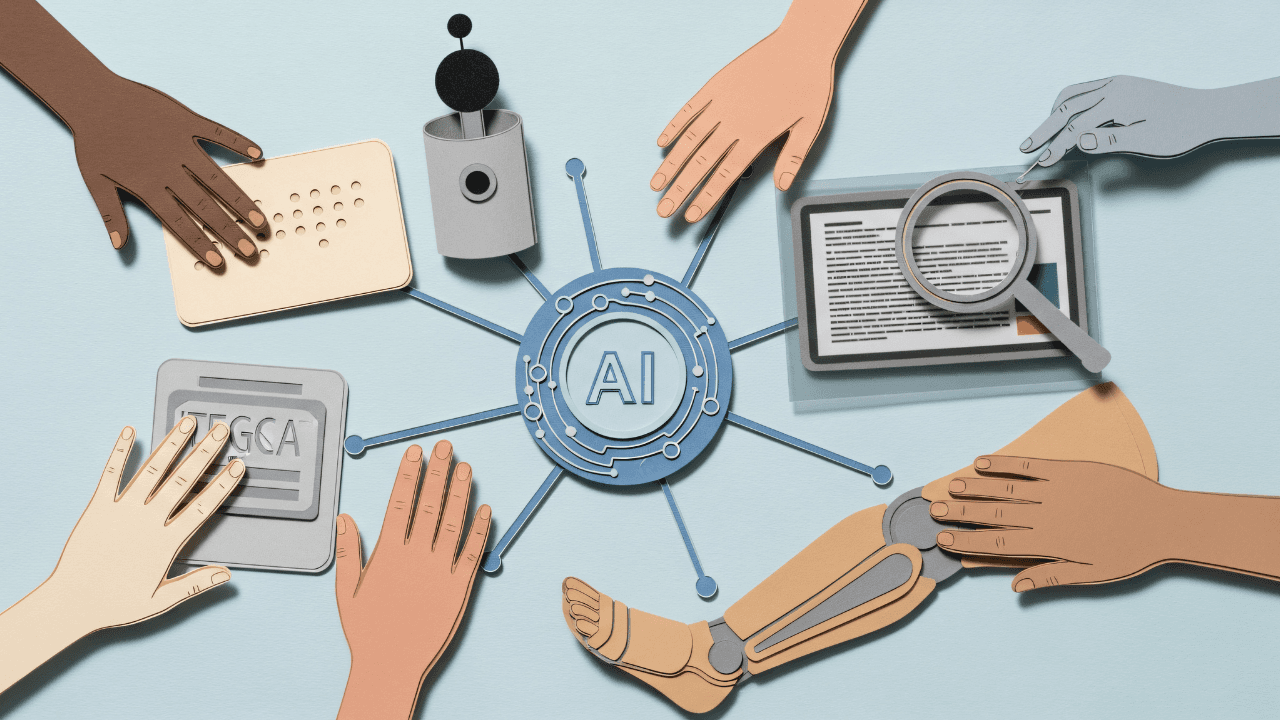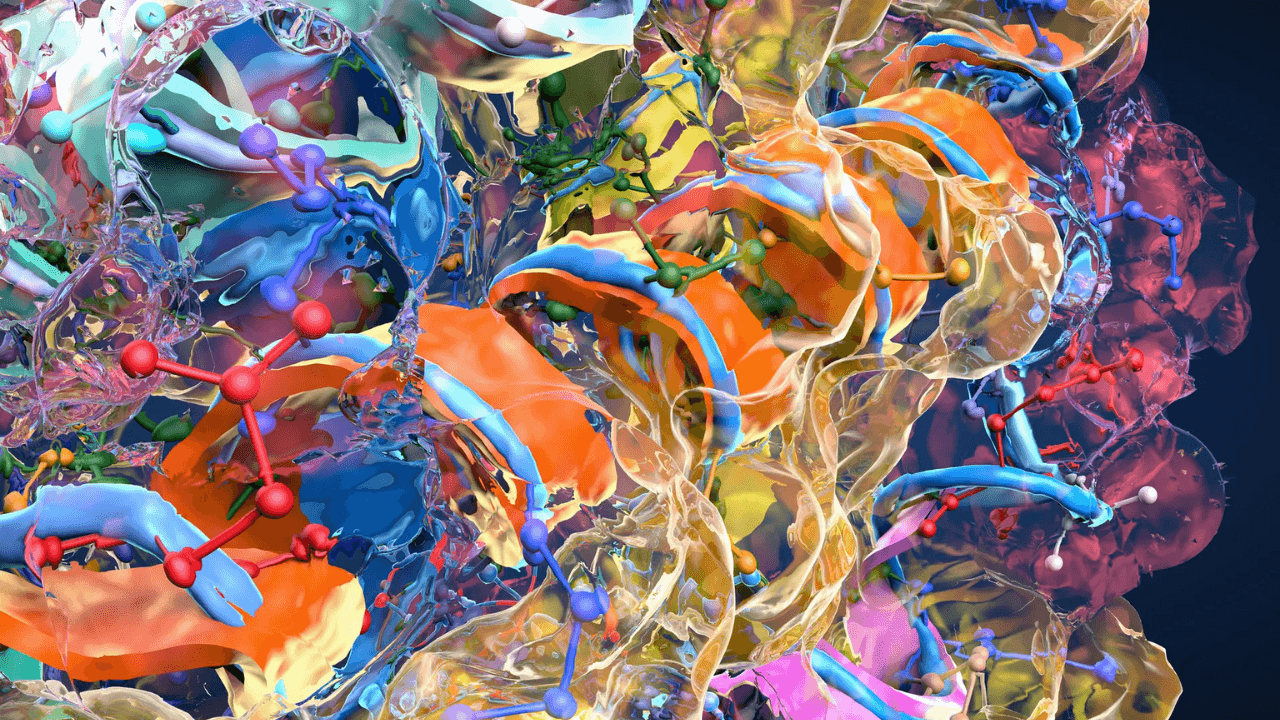Jul 15, 2025
|
5
min read
Bioinformatics is a rapidly growing field that merges biology, data science, and technology. One of the most common questions aspiring bioinformaticians ask is: "What programming languages do I need to learn to succeed in bioinformatics?" This blog unpacks the core and supporting programming skills required, helping you align your learning path with real-world bioinformatics job requirements and career opportunities.
Core Programming Languages in Bioinformatics
Python and R: The Dual Foundation
Python is the most widely used language in bioinformatics. It is versatile and beginner-friendly, making it a great entry point. Python excels in:
Data manipulation
Machine learning
Pipeline development
With libraries like Biopython, you can perform sequence analysis, parse biological file formats, and carry out a range of biological computations.
R, on the other hand, is a powerhouse for statistical analysis and data visualization. It is especially favored in genomics research. The Bioconductor project in R offers thousands of specialized packages like DESeq2 for RNA-seq differential expression analysis. For visualizations, ggplot2 is one of the best tools available.
When to use what?
Use R when you need advanced statistical methods and genomics workflows.
Use Python when building data pipelines, integrating ML, or general computational tasks.
Bash/Shell Scripting: The Workflow Glue
Bioinformatics often relies on Linux-based systems. Bash scripting helps automate pipelines, manipulate files, and run analyses on computing clusters. It's essential for:
Running command-line tools
Submitting batch jobs
Organizing bioinformatics workflows
Supporting Technologies for Bioinformatics Jobs
SQL and Database Management
Biological data is stored in structured formats. Knowing SQL is important to:
Query biological databases
Manage large genomic datasets
Modern systems also use NoSQL databases like MongoDB for unstructured or flexible data storage.
Web Technologies
If you're interested in creating tools or visualizing data, JavaScript and frameworks like igv.js enable browser-based, interactive genome visualizations. These skills are useful in roles that blend bioinformatics and software development.
Workflow Management Systems
To manage complex, multi-step analyses, tools like:
Nextflow
Snakemake
are used to automate and standardize pipelines across computing environments. Learning these improves your job-readiness.
Where to Start?
If you're aiming to land bioinformatics jobs or explore bioinformatics opportunities, this learning path is recommended:
Start with Python: It's the most flexible and widely used language.
Then learn R: Especially if your focus is on genomics and data visualization.
Learn Bash scripting: It’s essential for command-line tools and pipelines.
Add SQL: To interact with biological databases.
Explore workflow tools: If you want to work in data-intensive research environments.



